From The Wall Street Journal - July 22nd
By ALEXANDRA ALTER
“Reservation Road,” John Burnham Schwartz’s 1998 novel about the aftermath of a fatal hit and run, doesn’t end on a cliffhanger. When a 10-year-old boy is hit by a car at the book’s opening, the culprit, a tax lawyer, reveals himself immediately to the reader. A long, excruciating confrontation between the boy’s family and the lawyer’s ensues, until the story reaches a cathartic conclusion.
But for years after he released the novel, Mr. Schwartz fielded questions from readers about what became of the characters: the dead boy’s parents, Ethan and Grace Learner; his sister, 8-year-old Emma, who believes the accident was her fault; Dwight Arno, the driver who killed Josh Learner; Arno’s son, 10-year-old Sam and Arno’s ex-wife, Ruth.
![[Arena_Schwartz]](../public/resources/images/WK-AY659_Arena__DV_20110721173741.jpg) Mr. Schwartz reads at BookCourt on July 26
Mr. Schwartz reads at BookCourt on July 26More than a decade later, fans of “Reservation Road” will get another chapter. In “Northwest Corner,” out next week, Mr. Schwartz picks up the story of the Learner and Arno families 12 years after their lives were shattered. Ethan and Grace have separated. Sam and Emma are in college and have developed a romantic connection. Sam has a violent streak. Dwight, after a stint in prison, works as the manager of a sporting goods store in California. Ruth is recovering from breast cancer.
Mr. Schwartz, who has written two other novels since “Reservation Road,” says he never planned to write a sequel. “It never occurred to me that I would ever revisit the characters from any of my books,” says Mr. Schwartz, 46.
He was drawn back to the story in the summer of 2008, when he was casting around for ideas for a historical novel. “It struck me that they were already there, and that to revisit those characters was a kind of historical imagining,” he says.
Before advancing the tale, Mr. Schwartz reread “Reservation Road,” which tells the story from the alternating perspectives of Ethan, Dwight and Grace. “Northwest Corner” follows a similar blueprint, shifting between the perspectives of Dwight, Sam, Ruth, Emma and Penny, a new character.
Resurrecting old characters wasn’t easy. Mr. Schwartz says he sought to replicate Dwight’s idiosyncratic vernacular, while also presenting him as an older, more contrite version of the cocky, entitled lawyer he was before.
Another challenge was reimagining the characters following their film incarnations. “Reservation Road” was adapted into a 2007 Focus Features film starring Jennifer Connelly, Joaquin Phoenix and Mark Ruffalo. The movie was a commercial disappointment, grossing just $1.8 million globally, and drew lukewarm reviews.
The movie likely gave a boost to the book, however. “Reservation Road” has more than 350,000 copies in print, a big run for a literary novel. Random House hopes to reel in readers for “Northwest Corner” by running ads on Facebook targeting people who have identified themselves as fans of the previous book or movie.
When he sat down to write “Northwest Corner,” Mr. Schwartz was relieved to find that the characters appeared in his mind as he originally envisioned them. “When I thought about Dwight, it was not Mark Ruffalo. It was my Dwight,” he says. “That was an indication to me that the connections were still strong and that it was something I could still pull from.”
Mr. Schwartz hopes that old readers will return to the story, but that “Northwest Corner” will also stand on its own.
“The first book is event-driven in a profound way; it’s about people being crushed by life in a particular moment in time,” he says. “The second book really is more about the things we carry.”
If you wish to grab a copy of "Reservation Road", take a look on Amazon.com where you can order it for home delivery or if you are located outside of the US then use the Amazon contact number to see if they can deliver it worldwide to you. Its worth a read and you will not be dissapointed with it.
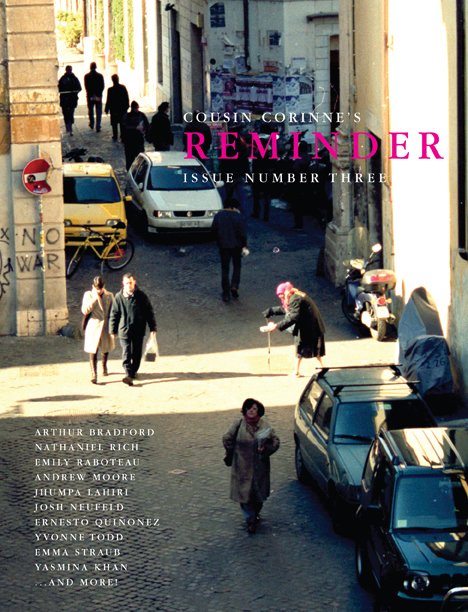
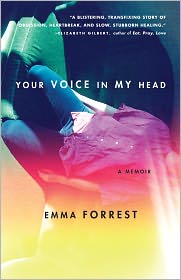
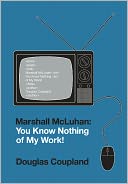

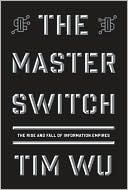
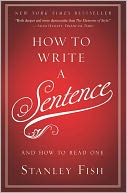
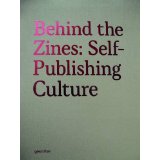

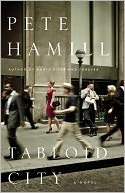
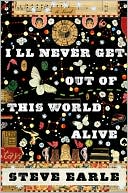
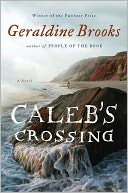
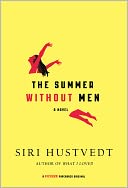


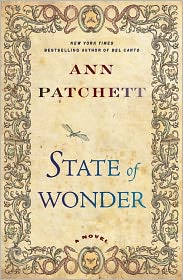 Our Price $18.89
Our Price $18.89 Our Price $10.47
Our Price $10.47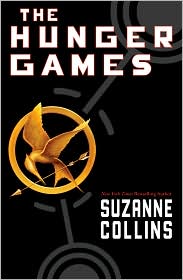 Our Price $6.29
Our Price $6.29